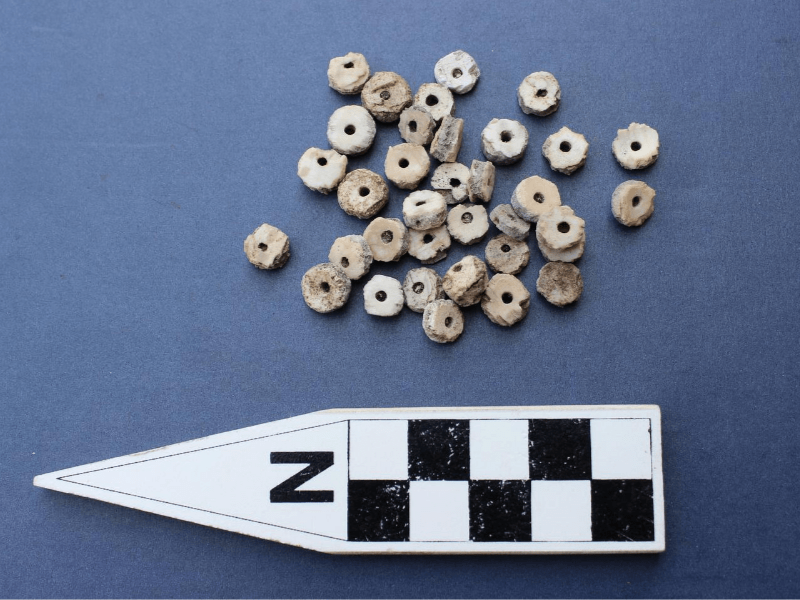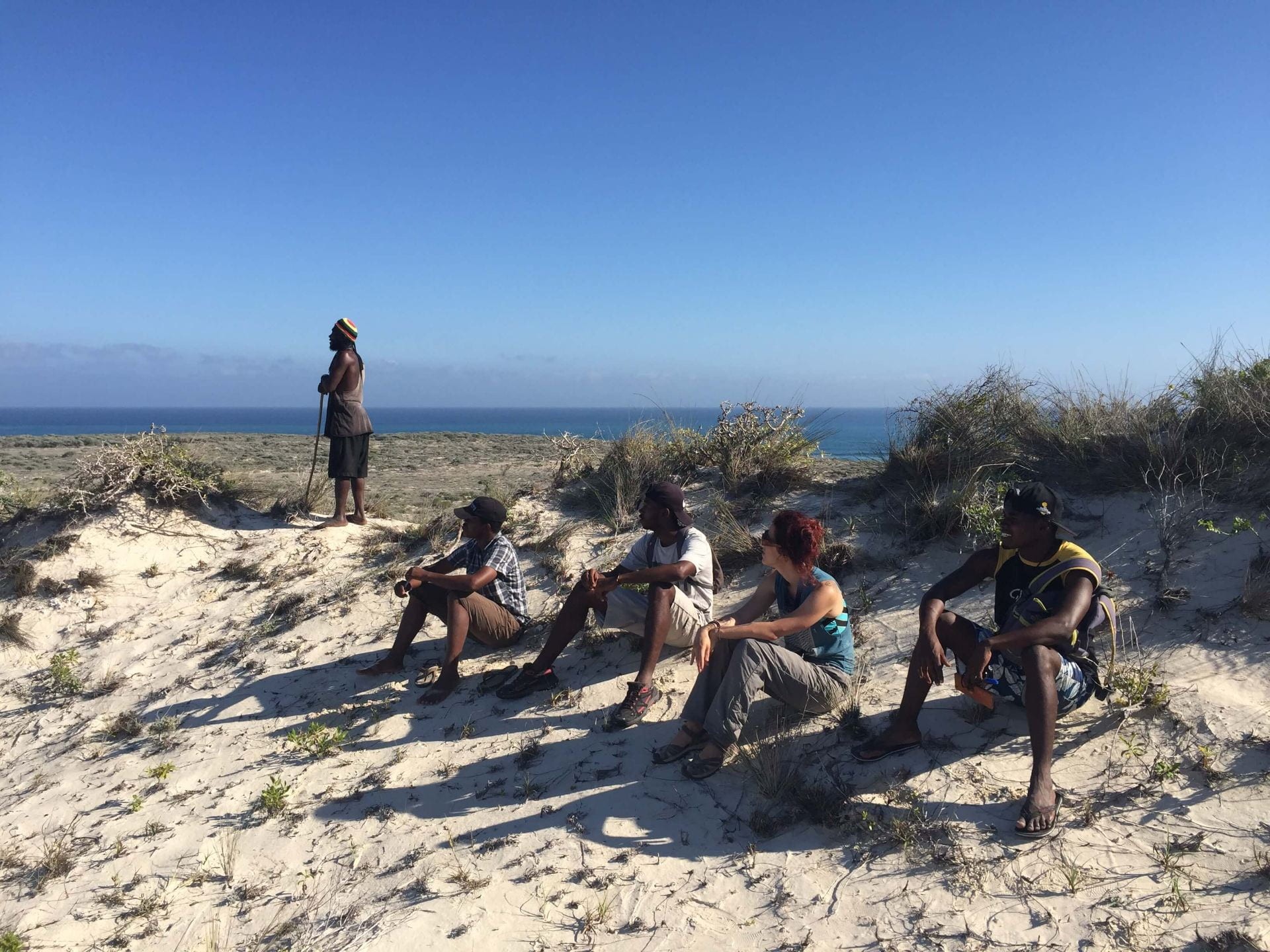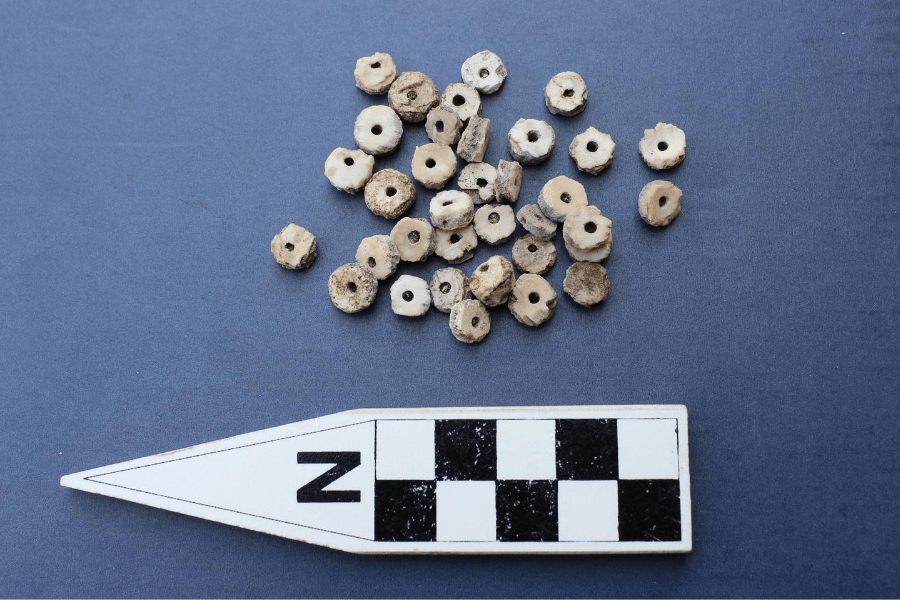Investigating Shell Bead Production and Interaction

The earliest known examples of art in human history are decorated shells. Thus, it is no surprise that the earliest forms of jewelry were shell beads. In southern African and Indo-Pacific contexts, shell beads were significant to economic and social interaction. However, studies have only focused on the oldest contexts, recent glass beads, and imports. As such, locally produced shell beads from the mid-late Holocene have been ignored. Shell beads are found across Madagascar’s coastal archaeological sites, yet no targeted research has ever studied them.
This project analyzes 698 whole shell and disc beads from 11 mid-Holocene sites along the southwest coast of Madagascar. As such, this project seeks to understand: 1) which shells were used to make beads, 2) from which environments the shells were harvested, and 3) how the beads were made and used. This project seeks to approach these questions using a chaine opératoire framework, studying shell as a production material. To understand shells in this light, taxonomic identification is needed, which will involve studying microstructure morphology and protein matrices. Shell sourcing will involve studying chemical composition and stable isotopes. Manufacture and use will involve studying bead morphology. Preliminary morphological analysis suggests that bead shape, bead size, and species used all change through time and vary by site. Little is known about the history of Malagasy people outside the highlands and still less is known about people’s connections to other regions through time. This project will begin to spotlight these stories.



